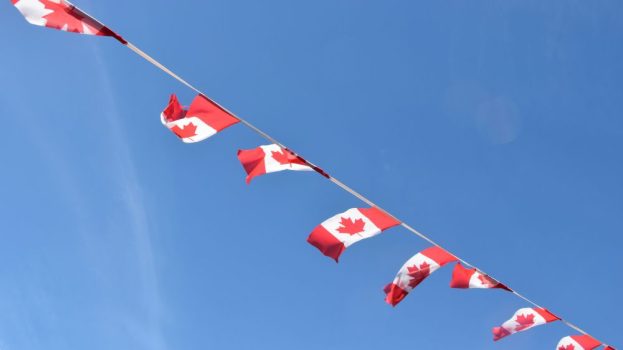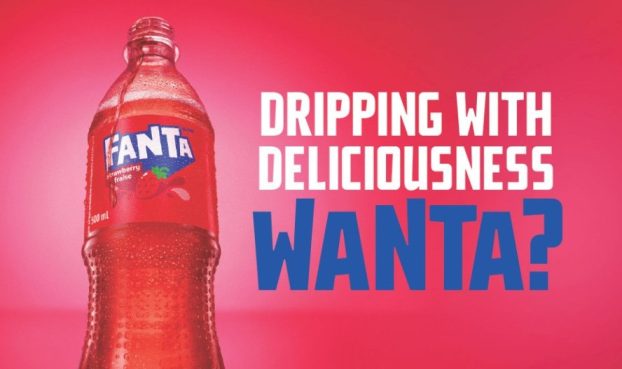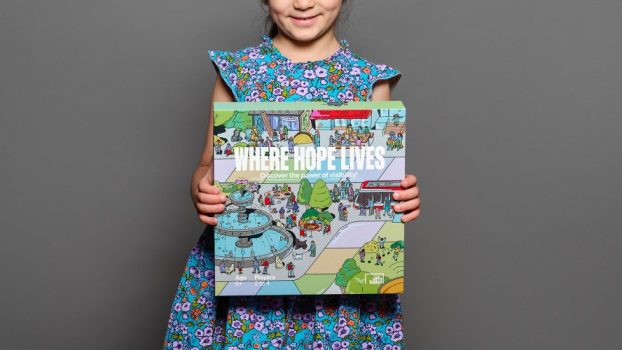It’s August, meaning it’s time for patios and beach days and canoeing on the lake. For marketers, it’s also time to think about snow and gift-giving and how to make this year’s holiday ad stand out during one of the most advertising-heavy periods of the year.
To help with the process, Toronto-based market research firm Brainsights examined more than 80 holiday ads from 2018 and compiled the findings in a report called “Unwrapping the Mind of the Holiday Shopper.”
Neuroscience-based insights like the ones presented in the report can help brands understand and navigate the consumer mindset during a highly emotional time of year, says Brainsights CEO Kevin Keane. “Even – and I’d say, especially – during the holidays, decisions are made at the emotional, unconscious level. And as our report highlights, half of all holiday purchases will have been undecided or unplanned by the time the holiday music begins playing in stores.”
“That presents a huge opportunity for brands looking to engage and persuade consumers to understand these underlying motivations with neuroscience research and how best to communicate to consumers for impact,” he says.
The report includes some general findings around the effectiveness of holiday advertising. While results can vary from year to year, Keane says looking at past campaigns, and those of others in the industry, “provides us with data into understanding what works and what doesn’t work, helping us to learn and improve.”
On Music
A holiday ad isn’t really an ad without music. But brands must ensure they’re making the right musical choices if they want to stand out (and avoid expensive licensing fees that won’t pay off). “It’s tempting to think that the hit song will carry the ad,” Brainsights notes. “It won’t. Our analysis found that lyrics/message that support the ad storyline are best.”
The firm compared U.K. retailer John Lewis’ holiday spot with Rethink’s 2018 “Magic Man” commercial for IKEA. John Lewis, which played off the theme of the Elton John biopic Rocket Man, incorporated one of the singer-songwriter’s tunes, ending with the tagline, “Some gifts are more than just a gift.” But the music had little to do with the retailer’s message, which led to less-than-stellar neural engagement scores (which help determine persuasive engagement, according to Brainsights). Meanwhile, the theme of IKEA’s “Magic Man” ad – a young magician’s trials and ultimate success – perfectly dovetailed with the song, helping it earn higher engagement scores.
On Animation
Last year, animated holiday ads did not perform as well as their non-animated counterparts. In short, the holidays may be filled with animated classics like Rudolph the Red-Nosed Reindeer and Frosty the Snowman, but using animation proved less effective in commercial advertising.
Brainsights points to Apple’s “Share your gifts” commercial as an example of the risks that lie within taking an animated approach. The three-minute animated short film may have been described as “gorgeous” by AdWeek (and earned close to 24 million views on YouTube), but the commercial “significantly underperforms” on engagement.
Apple’s work was not alone. In fact, no fully animated ad cracked the top 50 ranking for neural engagement scores in the study. That’s not to say the approach hasn’t worked in the past. In 2016, Brainsights found Alzheimer’s UK’s “Santa Forgot” to have been the top-performing ad of the season.
On Nailing the Gifting Message
The worst-performing spot among those analyzed from 2018 was one for a retailer in which an influencer races against the clock to tick off every box on her shopping list. While the intention was to relate the gift-giving experience, according to Brainsights, it had the inadvertent effect of reminding viewers of the stresses and consumerism of the season (without the emotional impact of gift-giving).
In short, gifting may be a favoured theme among retailers – it was used in some way in a quarter of the ads analyzed in the study – but the execution has to be flawless. The category had both the fewest number of average-performing ads and the highest number of top and bottom performers.
“Whether it’s curating gift ideas or communicating the attractiveness of the buying experience,” Brainsights notes, “retailers have to navigate a number of landmines to nail this message or risk being looked over or – worse – turning consumers off altogether.”
On Traditional Christmas Tropes
Holiday advertising is filled with traditional Christmas tropes (think Santa, gifts under the three, the Grinch). The problem with these depictions from an effectiveness standpoint is that they do not meaningfully reflect or represent the increasingly secular and multicultural identity of the country, Brainsights found.
“Canada’s multiculturalism does make it different in terms of what holiday messages truly and deeply connect – more homogenous places would see different results,” Keane says. He adds that the holiday season is also different from other times of the year, due to the mix of emotions and pressures, both good and bad, that influence consumers.
On Reunions
Reunions are a common theme among airline and travel industry advertisers. These campaigns often include giveaways or scenes attempting to capture the emotional experience of reuniting with loved ones. But Brainsights’ report suggests that higher engagement is produced by recreating reunions or showing them happen on screen. More specifically, showing faces (which it calls “the vessels of emotional experiences”) can help increase engagement.
It points to one of WestJet’s executions for “Christmas Miracle: Uniting through Traditions” as an example of the effectiveness of the approach. Meanwhile, the research suggests Air Transat’s “The Cure for Homesickness” commercial does not work as well. The spot shows an Air Transat employee revealing to customers that it will help to reunite them with loved ones – but doesn’t go as far as to show those connections happening.
























